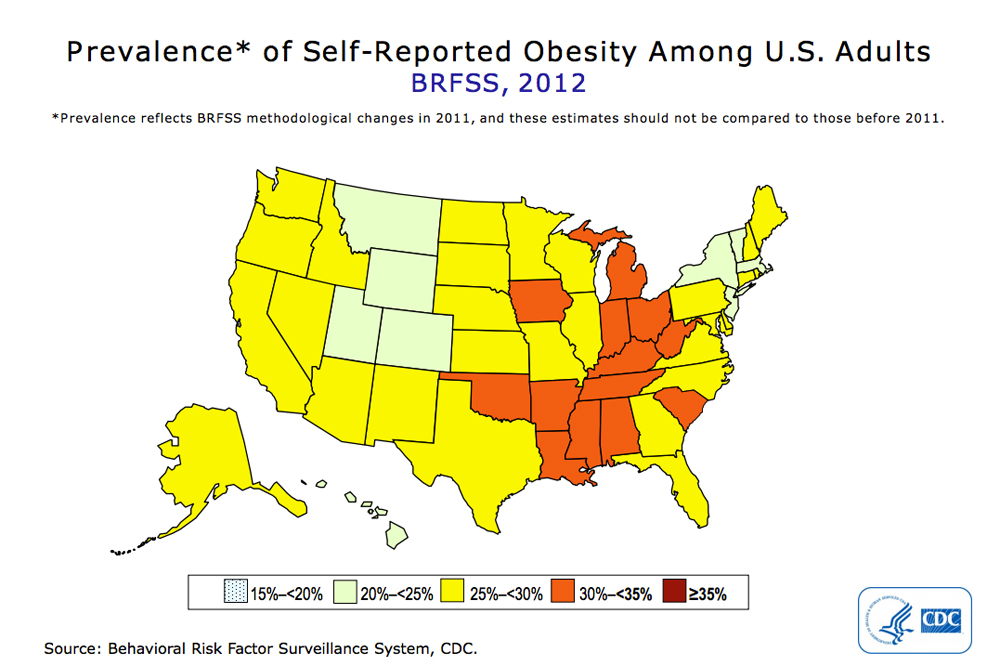
A lot has been written about nutrition in the news. The topic seems to be covered everywhere from SARS to COVID-19. While this is the primary focus, nutrition research continues around the world. Here are the most recent nutrition news. You're likely to have seen this article several times if you're a healthcare professional and wonder if it's worth your while.
It's time for you to make a change in how you eat. According to a recent study, people who eat low-carbohydrate diets are more likely than others to die of heart disease. Studies have shown that a moderate intake of carbohydrates is better than a low-carb lifestyle for your health. ScienceDaily says that moderate amounts of carbohydrate can help maintain a healthy weight, and even improve your overall health.

Next, think about the health effects of trans fats. A recent study published in the American Heart Association journal concluded that limiting the use of industrially produced trans fats in food can help protect the heart. It was also shown that cutting down on trans fats in food can save thousands of people's lives every year. But the results of the study haven't been conclusive yet. They have instead raised more questions than they have answers.
A recent study also shows that modern food systems are not sustainable and have an impact on the public's health. According to the WHO, food labels should be labeled based on their environmental and nutritional impact. This study is vital because it will provide valuable information to help people make informed decisions about food and ways they can improve their climate-friendly lifestyles. The changes are expected to take effect in 2022. These news stories are some of most important nutrition news in recent weeks.
In addition to the study, there are other recent nutrition in the news. A Harvard School of Public Health study examined vitamin D's effectiveness in treating COVID-19 among children. Its findings were extensively reported in the media, particularly during National Breastfeeding Month. The New York Times also cited the findings of the study. These studies are not conclusive, and they are still being studied.

A University of California at San Diego study has also shown that children's sugar consumption is a significant issue for public and family health. This issue was mentioned in 134 news outlets, and it has been tweeted more than 1,400 times. It's no surprise that this issue is of concern to many. This study had a significant impact on public health. This is a great piece of news!
FAQ
How to measure body weight?
A Body Fat Analyzer can be used to measure body fat. These devices can be used to measure body fat percentages in people who are trying to lose weight.
What are the 7 tips to have a healthy life?
-
You should eat right
-
Exercise regularly
-
Sleep well
-
Get plenty of water.
-
Get enough sleep
-
Be happy
-
Smile often
How can I get enough vitamins?
The majority of your daily needs can be met through diet alone. Supplements are available if you are deficient. You can purchase a multivitamin that includes all of the vitamins you need. You can also purchase individual vitamins at your local drugstore.
Talk to your doctor if there are any concerns about getting enough nutrients. You can find vitamins K and E in dark green leafy vegetable such as spinach, kale and turnip leaves, as well a variety of sweet potatoes and sweet potatoes.
Ask your doctor if there is any doubt about how much vitamin you should be taking. Based on your medical history, and your current health status, your doctor will recommend the right dosage.
Statistics
- According to the 2020 Dietary Guidelines for Americans, a balanced diet high in fruits and vegetables, lean protein, low-fat dairy and whole grains is needed for optimal energy. (mayoclinichealthsystem.org)
- nutrients.[17]X Research sourceWhole grains to try include: 100% whole wheat pasta and bread, brown rice, whole grain oats, farro, millet, quinoa, and barley. (wikihow.com)
- This article received 11 testimonials and 86% of readers who voted found it helpful, earning it our reader-approved status. (wikihow.com)
- In both adults and children, the intake of free sugars should be reduced to less than 10% of total energy intake. (who.int)
External Links
How To
What does "vitamin" actually mean?
Vitamins are organic compounds that can be found in foods. Vitamins aid us in absorbing nutrients from the food we eat. Vitamins are not made by the body, so they must be obtained through food.
Two types of vitamins exist: water-soluble vitamin and fat-soluble vitamin. Water-soluble vitamins dissolve in water easily. Vitamin C,B1(thiamine), B2 (2riboflavin), and B3 (3niacin), as well as vitamin C,B1, B2 (riboflavin), and B3 (niacin), vitamin B6 (pyridoxine), vitamin folic acid (biotin), pantothenic, and choline are examples. Fat-soluble vitamins are stored in the liver, fatty tissue and kidneys. Some examples include vitamin D and E, K, A and beta carotene.
Vitamins are classified based on their biological activity. There are eight major groups of vitamins:
-
A - Vital for normal growth and maintaining good health.
-
C - essential for nerve function and energy generation.
-
D - essential for healthy bones, teeth, and gums.
-
E is needed for good reproduction and vision.
-
K - essential for healthy muscles, nerves, and bones.
-
P - Essential for strong bones and teeth.
-
Q - aids digestion, absorption and absorption iron
-
R - Required for red blood cell production
The recommended daily allowance (RDA), for vitamins, varies depending upon age, gender, or physical condition. The U.S. Food and Drug Administration sets RDA values.
For adults aged 19 and older, the RDA for vitamin B is 400 micrograms daily. Pregnant women require 600 micrograms daily to support fetal development. Children ages 1-8 require 900 micrograms per day. Children under 1 year old require 700 micrograms daily, while infants over one year old need 500 micrograms every day. This decreases between 9 and 12 months.
Children aged between 1-18 years require 800 micrograms of sugar per day, while overweight children need 1000 micrograms. Children who are underweight receive 1200 micrograms every day to meet their nutritional requirements.
Children aged 4-8 years old who have been diagnosed as having anemia require 2200 micrograms of vitamin C per day.
2000 micrograms daily is required for adults over 50 to maintain their general health. Mothers who are pregnant, nursing, or have a high nutrient need will require 3000 micrograms a day.
1500 micrograms is the recommended daily intake for adults aged 70+, who lose approximately 10% of muscle each year.
Women who are pregnant or nursing need more than the RDA. Pregnant mothers need 4000 micrograms per daily during pregnancy and 2500 after giving birth. Breastfeeding mothers require 5000 micrograms daily when breast milk production is occurring.